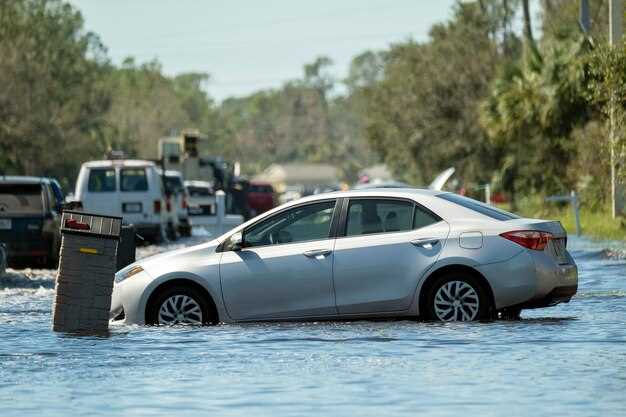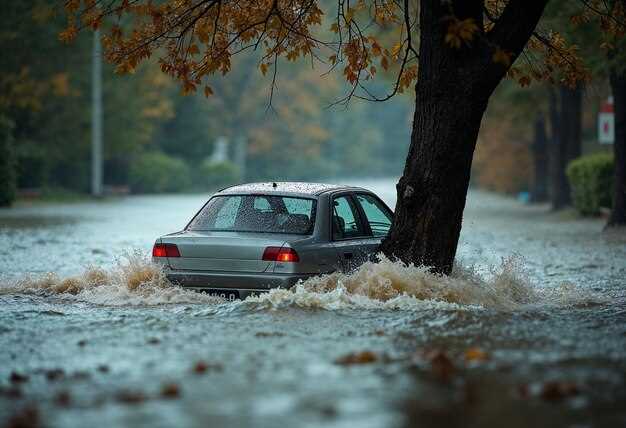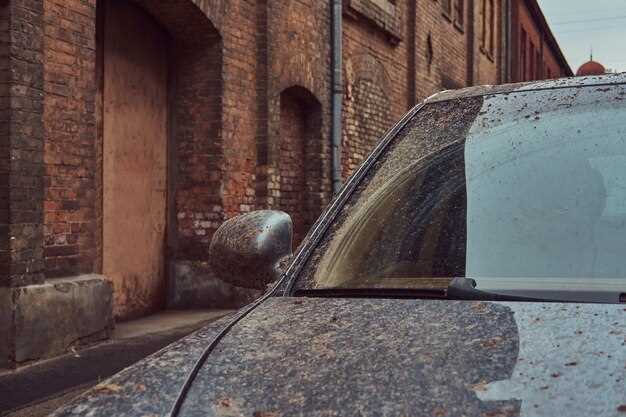
Purchasing a salvage vehicle can be an appealing option for budget-conscious buyers, but it’s important to be aware of the potential pitfalls, especially when it comes to flood-damaged cars. These vehicles have been exposed to significant water and may carry lingering damage that is not immediately visible. Understanding these common problems can help buyers make informed decisions and avoid costly repairs in the future.
One of the most pressing concerns with flood-damaged vehicles is electrical system issues. Water exposure can lead to corrosive damage in various components, including wiring, sensors, and control modules. This can result in erratic performance, warning lights on the dashboard, and even complete electrical failure. Buyers should be cautious and conduct thorough inspections, as these issues can be difficult to detect without specialized knowledge.
Another significant risk associated with flood damage is the potential for mold and mildew growth. When water infiltrates the interior of a vehicle, it creates a perfect environment for bacteria and fungi to thrive. Over time, this can lead to unpleasant odors and health concerns for occupants. Moreover, even professional cleaning may not completely eliminate these problems, especially if the vehicle was submerged for an extended period.
Additionally, structural integrity should be a priority when evaluating a flood-damaged car. Water exposure can weaken critical components like the frame, suspension, and axles, making the vehicle less safe to drive. A thorough inspection by a qualified mechanic is essential to identify any hidden structural issues that may compromise the vehicle’s safety.
Understanding these common problems associated with flood-damaged salvage vehicles is crucial for prospective buyers. By being aware of the potential water and damage issues, individuals can better assess the risks and make smart purchasing decisions that protect their investment in the long run.
Identifying Hidden Water Damage in Salvage Vehicles

When considering the purchase of a salvage vehicle, it’s crucial to identify any hidden water damage. Flood-damaged cars may appear fine on the surface, but underlying issues can lead to long-term problems and safety concerns. Look for signs that indicate potential water exposure.
One of the first places to check is the interior of the car. Inspect the upholstery and carpets for dampness or an unusual musty smell, which are common indicators of water damage. Pay attention to discoloration or staining, particularly in hard-to-clean areas. Remove floor mats and check for excessive rust or moisture underneath.
Another area to investigate is the electrical system. Water can cause serious damage to wiring and electrical components, leading to malfunctions. Test various features, including lights, radio, and dashboard functions, to assess their performance. Any irregularities may signal prior water exposure.
Additionally, examine the engine compartment and trunk for residual water and corrosion. Look for mud or debris that may have settled in these areas after a flood. Check seals around doors and windows for proper fit; compromised seals can lead to future leaks.
Finally, a thorough inspection of the vehicle’s undercarriage is essential. Rust on critical components such as suspension and brakes may indicate prolonged exposure to water. If visible corrosion is present, the vehicle’s structural integrity could be compromised.
In conclusion, identifying hidden water damage in salvage vehicles requires careful attention to detail. By thoroughly inspecting the interior, electrical system, engine compartment, and undercarriage, potential buyers can make more informed decisions and avoid costly future repairs.
Assessing the Safety Risks of Driving a Flood-Damaged Car
Driving a flood-damaged car poses significant safety risks that should not be overlooked. Floodwater can lead to various types of damage that affect the vehicle’s performance, reliability, and overall safety. Understanding these risks can help potential buyers make informed decisions.
- Electrical System Damage: Water can seep into the electrical components, leading to shorts and failure of critical systems such as brakes, airbags, and power steering.
- Structural Integrity: Flooding can weaken the frame and body of a car. Undetected corrosion can compromise the vehicle’s structure, which may lead to failure in safe operation.
- Engine Complications: If the water enters the engine, it can cause hydrolock, damaging internal components. This may lead to expensive repairs or complete engine failure.
- Transmission Issues: Similar to the engine, if water enters the transmission, it can degrade fluid quality, causing serious malfunctions and potentially jeopardizing drivability.
- Tire and Brake Performance: Flood conditions can affect tire integrity, leading to blowouts. Additionally, brakes may become less responsive due to water contamination, posing risks during emergency situations.
Before considering the purchase of a flood-damaged car, it’s essential to perform a thorough inspection:
- Check for water stains or mud in the interior and under the hood.
- Assess the condition of the electrical system by testing lights, indicators, and dashboard functionalities.
- Investigate the engine and transmission for signs of water intrusion.
- Inspect the brakes and tires for wear or damage due to flooding.
- Consult a professional mechanic with experience in evaluating flood-damaged vehicles.
In conclusion, while some flood-damaged cars may seem like a bargain, the potential safety risks often far outweigh any initial savings. It is crucial to carry out a detailed assessment to understand the true implications of driving a vehicle that has been subjected to flood damage.
Understanding the Repair and Insurance Challenges for Flood Cars

When dealing with flood-damaged vehicles, understanding the extent of water damage is crucial. Water can infiltrate the car’s engine, transmission, and electrical systems, leading to significant repairs that may not be immediately visible. A thorough inspection is necessary to identify hidden issues, such as rust or mold, which can create long-term problems for the vehicle.
Repairing a flood car presents multiple challenges. Firstly, sourcing the right parts can be difficult, especially if the car model is older or less common. Additionally, labor costs can be high due to the extensive work required to restore a vehicle that has suffered water damage. Many repair shops may lack the expertise necessary to address the unique complications associated with flood vehicles.
Insurance challenges also arise when dealing with flood cars. Many insurance companies may be reluctant to underwrite policies for vehicles with a history of water damage, leading to higher premiums or limited coverage. Additionally, if the vehicle is declared a total loss by the insurance company, the salvage title can significantly reduce its resale value, making it less appealing to potential buyers.
It’s important for buyers of flood-damaged cars to consider these factors carefully. Conducting comprehensive research and obtaining professional evaluations can help mitigate risks associated with repairs and insurance. Awareness of the challenges involved can lead to more informed decisions regarding the purchase and ownership of flood-damaged vehicles.
